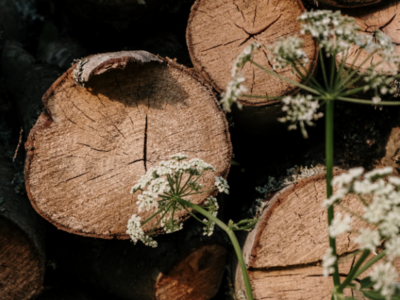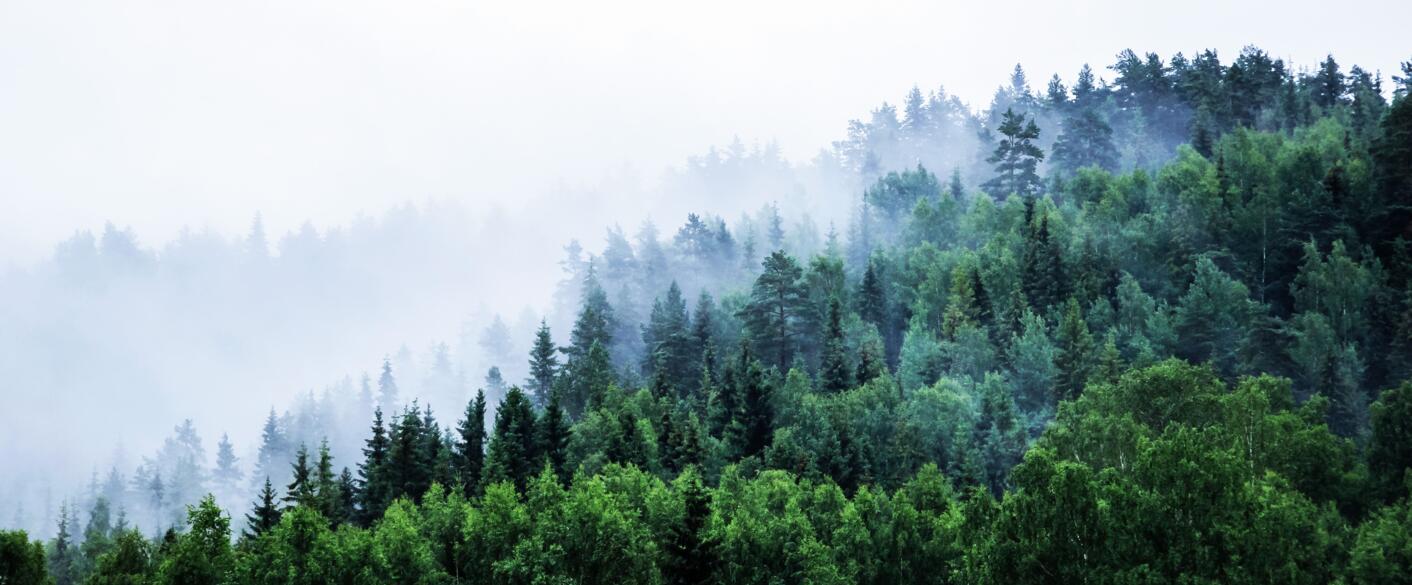Aesthetic and durable, heat-treated wood cladding is the ideal solution for all architectural projects: covering a wall, cladding part of a building or an entire façade, protecting an extension or changing the appearance of a building.
Durable and environmentally-friendly, it gives wood a decorative and functional edge. Want to find out more about heat-stabilised wood cladding? In this guide, you'll find heat treatment techniques, the benefits of heat-treated wood cladding, maintenance advice, the cost of heat-treated wood cladding and examples of projects. Follow our wood expert on a tour of heat-treated wood cladding.
Key points to remember:
- Heat-treated cladding is wood cladding that has been heated to a high temperature to make it more stable and resistant.
- It is an eco-friendly alternative to exotic woods and chemically treated wood cladding, ideal for a durable and environmentally friendly exterior facade.
- The key advantages of thermally treated wood cladding: increased durability in harsh weather conditions, natural resistance to fungi and insects, enhanced dimensional stability, and a warm, long-lasting appearance.
- Maintenance of heat-treated wood cladding: without a finish, heat-treated wood will naturally gray. To preserve its original color, applying a saturator is recommended after a few years of exposure.












